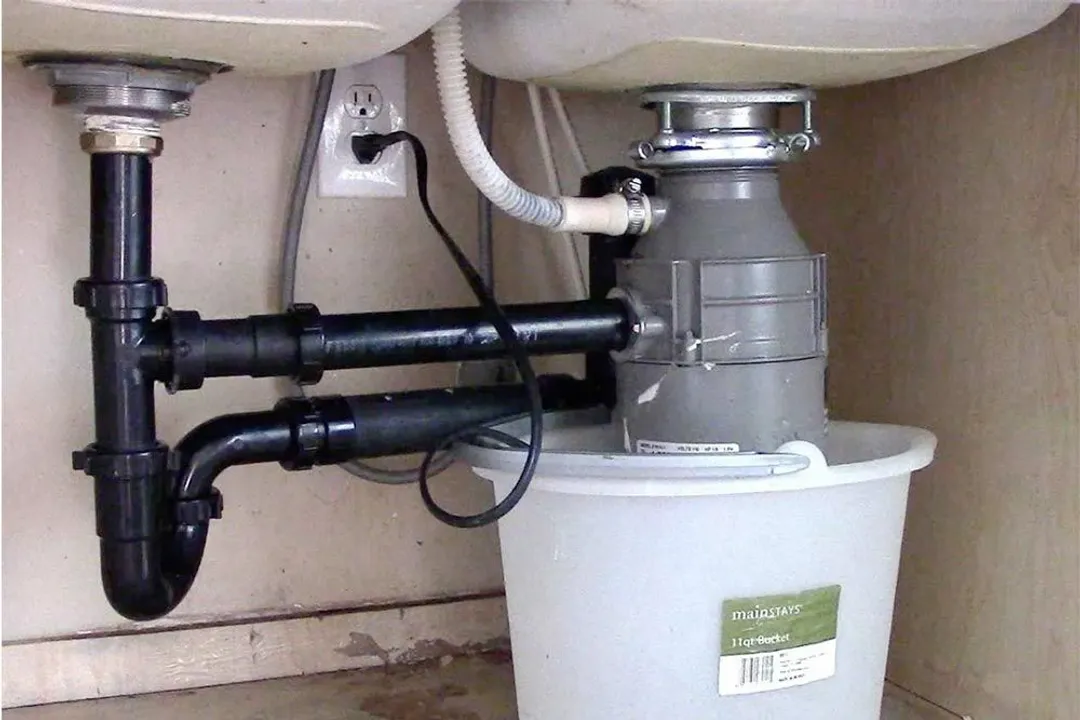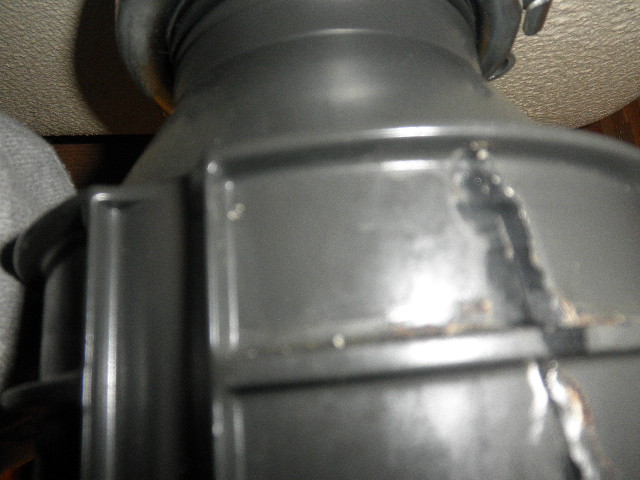Best Tips for Fixing a Leaking Waste Disposal Unit
Best Tips for Fixing a Leaking Waste Disposal Unit
Blog Article
What're your thoughts on Why Is My Garbage Disposal Leaking From the Bottom??

Waste disposal unit are crucial kitchen home appliances that help in disposing of food waste efficiently. Nevertheless, a leaking waste disposal unit can be a frustrating and untidy trouble to take care of. The good news is, several leaks can be taken care of quickly with a few simple steps. In this write-up, we will certainly go over exactly how to deal with a dripping garbage disposal effectively.
Intro
Waste disposal unit are installed under cooking area sinks and are developed to shred food waste right into smaller sized items, allowing it to go through the pipes system quickly. While these gadgets are usually reliable, leaks can occur gradually as a result of deterioration, loosened links, or damages to the system.
Typical Sources Of Leaks in Rubbish Disposals
Worn Seals and Gaskets
Seals and gaskets play an essential duty in avoiding water from leaking out of the waste disposal unit. With time, these elements can weaken, leading to leakages around the disposal unit.
Loose Links
The connections between the waste disposal unit and the plumbing system can end up being loose with time, triggering water to leakage out during procedure.
Splits or Holes in the Disposal System
Physical damages to the garbage disposal, such as fractures or openings in the real estate, can also result in leaks.
Determining the Source of the Leak
Prior to attempting to fix a dripping waste disposal unit, it is necessary to recognize the source of the leakage. This can typically be done with aesthetic assessment or by carrying out simple tests.
Visual Examination
Inspect the waste disposal unit system meticulously for any type of signs of water leakage. Pay attention to areas around seals, gaskets, and connection points.
Examining for Leakages
One means to examine for leakages is by running water through the disposal unit and looking for any kind of noticeable signs of leak.
Tools and Materials Needed for Repairing a Leaking Waste Disposal Unit
Before beginning the repair work procedure, collect the necessary tools and materials, including a screwdriver, flexible wrench, plumbing professional's putty, substitute seals or gaskets, and epoxy or patching material for repairing fractures or openings.
Step-by-Step Guide to Fixing a Leaking Garbage Disposal
Turn Off the Power
Prior to trying any kind of repair work, guarantee that the power to the garbage disposal unit is switched off to stop the danger of electrical shock.
Situate the Leak
Identify the precise area of the leak and figure out the reason.
Tighten Links
Make use of a wrench to tighten any loose links in between the disposal device and the plumbing system.
Replace Seals or Gaskets
If the leak is because of used seals or gaskets, get rid of the old parts and change them with brand-new ones.
Patching Splits or Openings
For fractures or holes in the disposal device, usage epoxy or an appropriate patching material to secure the broken location.
Testing the Garbage Disposal After Repair Service
When the repair work is total, check the waste disposal unit by running water via it to guarantee that the leak has been solved.
Preventive Upkeep Tips to Prevent Future Leakages
To stop future leakages, it is vital to execute normal maintenance on your garbage disposal. This consists of keeping it tidy, preventing putting non-food things or difficult items down the disposal, and occasionally looking for leaks or other problems.
Conclusion
In conclusion, taking care of a leaking waste disposal unit is a fairly simple procedure that can be finished with standard tools and products. By complying with the steps laid out in this article and practicing preventive maintenance, you can keep your garbage disposal in good working problem and stay clear of pricey repairs in the future.
HERE’S HOW TO FIX YOUR GARBAGE DISPOSAL
WHAT TO DO IF SOMETHING IS STUCK IN YOUR GARBAGE DISPOSAL
If the impeller won’t turn, there’s probably something stuck in the disposal. It could be a steak bone or peach pit, although plumbers report pulling all sorts of inappropriate objects out of disposals, such as bottle caps or aluminum foil. Make sure power to the disposal is off, and look inside to see if you can see the source of the jam.
Never stick your fingers in a disposal. Pull out anything you see with tongs or pliers.
If the disposal still won’t work, it may be time to call a plumber or consider buying a new disposal. GEM Plumbing & Heating is here for all of your garbage disposal needs.
WHAT TO DO IF YOUR GARBAGE DISPOSAL DRAIN IS CLOGGED
Take everything out from underneath your sink and put a bucket or other container under your disposal to catch any water that drains out. Disconnect your disposal from the power supply. If it’s plugged into a wall outlet, unplug it. If it’s hardwired into an electrical box, go to the electrical panel and turn off the breaker for the disposal. Pour ¼ cup of baking soda into the drain, followed by ½ cup of white vinegar. Give the solution a few minutes to fizz and do its work. Look into the disposal with a flashlight to see if you can see an object that might be causing the clog. If you see it, remove it using tongs or pliers. MORE TIPS ON DEALING WITH A CLOGGED GARBAGE DISPOSAL
Never use drain cleaner in a garbage disposal. It can damage the plastic parts inside the disposal. You can also be splashed with the caustic liquid while working to clear the clog. Beware! Never stick your fingers into a garbage disposal. Trust us — not a good idea. In many instances, your dishwasher drains through your garbage disposal. This allows the disposal to grind any large food particles that may be drained out of your dishwasher. There are some jurisdictions, however, where the plumbing code prohibits such a connection. WHAT TO DO WHEN YOUR DISHWASHER DRAINS THROUGH THE DISPOSAL
Run some water in the sink so your plunger has at least a ½-inch of water to create a seal and plunge vigorously up and down several times. You may need to repeat this several times. Run hot water down the drain to clear any residue that remains.

I have been very curious about Why Is and I hope you appreciated my entry. If you please take the time to share this article if you enjoyed reading it. Bless you for your time. Kindly visit our site back soon.
Find Out More Report this page